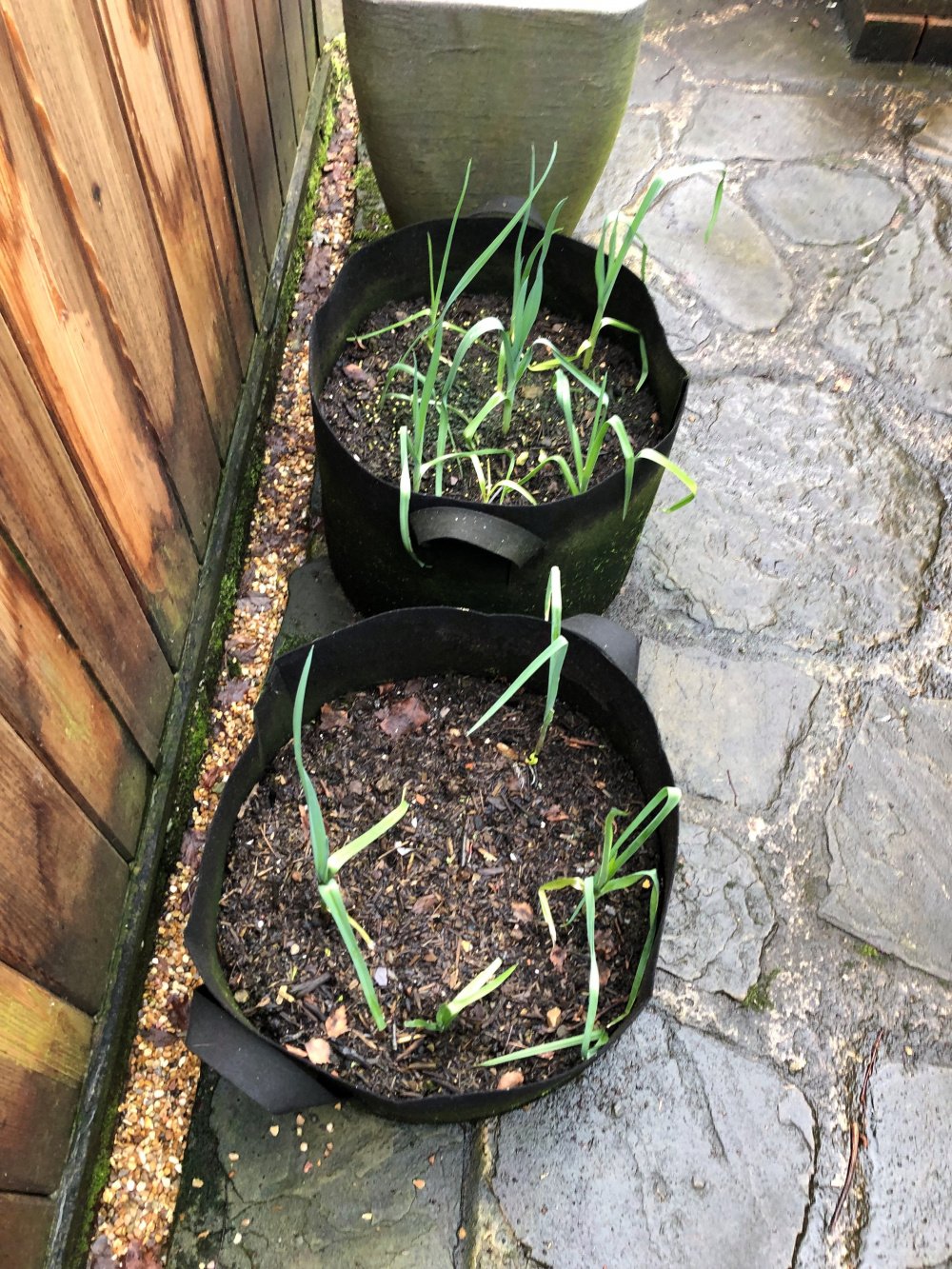This Forum will close on Wednesday 27 March, 2024. Please refer to the announcement on the Discussions page for further detail.
Leeks
 InTheMoorlands
Posts: 161
InTheMoorlands
Posts: 161
in Fruit & veg
We planted Leeks late last year and they are just about still growing:

I just wondered when they will be ready to harvest or when i
should call it a day with them. What signs should I be looking for? I've tried before but never got as far
as I have now so i suppose that's some kind of progress.
Interestingly
they were all from the same bunch of plugs, planted at the same time,
in the same way, kept in the same place and half of one tub have died!
At about 750 feet on the western edge of The Pennines. Clay soil.
0
Posts
That would be me! I decided to leave them and they seem to have come round a bit.
I'm still undecided what to do as they have grown and look stronger.
I plant veg. summer/early autumn on the basis that it will take a couple of months to grow but it never does. It just sort of 'stops'.
I think that this will be the last winter that I try and grow stuff - it's too wild and windy where we are
if it doesn’t work you won’t do it again, if it does then all well and good.
I’d get some seeds in quick now though as time’s running out for this year.
Thanks Lyn and Joyce for your replies. Different views, but this is the world of gardening where things don’t always work as predicted. I retired a couple of years ago having formerly been a Chartered Accountant and still expect things to ‘add up’ the same way twice - i've found out that is not the world of gardening😊
I didn't realise that they grew so slowly, so I'll keep and eye on them and review the situation when I put the potatoes in some time in April.
In the second year of growth, they will produce a scape (a central stalk containing a flower head) which can also be harvested and eaten. This action will prolong its lifespan and redirect energy into fattening it up.
Leeks are prized for their fat blanched white stems so, if growing in a container such as a pot, bucket or tub, start the seeds off in a small amount of compost, say, 6-8cm deep then mound up by adding more compost as they grow. This action will exclude light from the buried stem producing the blanched effect.
Rotate the container (if possible) a quarter turn every few days to give the seedlings an even distribution of sun light and, hence, encouraging an even growth.
If transplanting into heavy soil, dib the hole to the diameter you want them to grow to. The depth will be determined by the height of the seedling - when dropped into the hole, it should poke out about an inch (25.4mm) above the surface. Do not backfill with soil. The roots and foilage can be trimmed to ease this action.